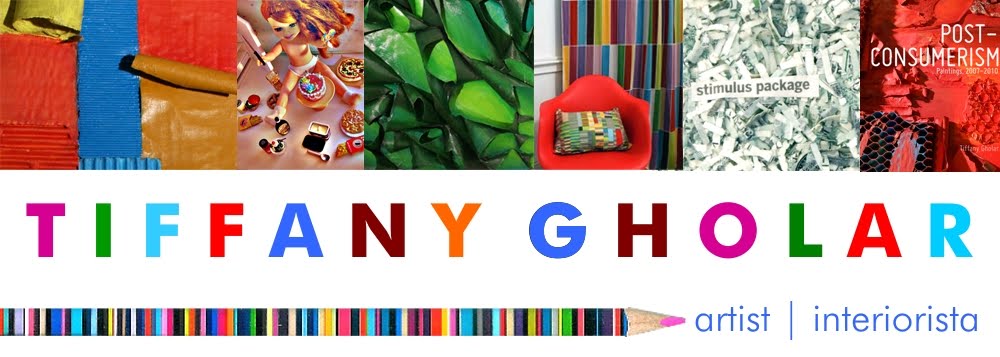 |
| Rod Serling, curator of the Night Gallery |
A recent study made an interesting discovery: viewing scary movies before seeing abstract art makes viewers appreciate it more. Here's the abstract:
Which emotions underlie our positive experiences of art? Although recent evidence from neuroscience suggests that emotions play a critical role in art perception, no research to date has explored the extent to which specific emotional states affect aesthetic experiences or whether general physiological arousal is sufficient. Participants were assigned to one of five conditions—sitting normally, engaging in 15 or 30 jumping jacks, or viewing a happy or scary video—prior to rating abstract works of art. Only the fear condition resulted in significantly more positive judgments about the art. These striking findings provide the first evidence that fear uniquely inspires positively valenced aesthetic judgments. The results are discussed in the context of embodied cognition. (PsycINFO Database Record (c) 2012 APA, all rights reserved)
Learning this made me think about something I'd been considering for a while: showing episodes pf classic TV shows with art-related plots during my open studios. Of course, this would be in the background, for the sake of ambiance, just like the music I play in the background. I've even started making a list of particular episodes of shows I'd like to screen. It's amazing how many shows--from The Dick Van Dyke Show to 227--have episodes about a character wanting to become an artist or even getting "discovered" by a curator or collector by accident. There were a few I thought might be too creepy to show at an open studio, but now that I've read this study, maybe I should reconsider.
One scary video that I especially would like to show is an episode of Naked City (one of my favorite police procedurals of all time) called "Portrait of a Painter." The painter of the title is played by a young William Shatner. His situation is quite horrific. He wakes up to find his wife murdered in his studio and can't remember what happened the night before. It's a tense psychological thriller, and, in the typical Naked City fashion, is the story of a man at the end of his rope, with the aura of film noir and existentialism about it.
In the meantime, I don't even have a TV at the studio so that idea will be put on hold for a while. But I have put together a special musical playlist just for October that is moody, melancholy, and vaguely macabre. I wanted something that would reflect the moods evoked by Midnight Intrigue and the Dark Night of the Soul Series. I plan to feature them in the hallway outside my studio this time. Nothing extreme, though. No heavy metal, no angry, thrashing guitars. But lots of strings. And Tori Amos and Elysian Fields. It's more Tim Burton than Wes Craven. Now that the weather is starting to change and the days have gotten noticeably shorter, I feel like the playlist is ideal for an October evening. I like making playlists. It gives me an excuse to buy new music, a luxury I very rarely indulge in these days because of all my other expenses.
Coincidentally, Art and Fear is also the title of an outstanding book for artists. If you are in need of some motivation and don't have time to read The Artist's Way series (which, by the way, I also recommend), it's perfect for you. It addresses issues like perfectionism, creative blocks, and motivation. Here are some of my favorite quotes from it:
- In large measure becoming an artist consists of learning to accept yourself, which makes your work personal, and in following your own voice, which makes your work distinctive.
- If ninety-eight percent of our medical students were no longer practicing medicine five years after graduation, there would be a Senate investigation, yet that proportion of art majors are routinely consigned to an early professional death.
- What separates artists from ex-artists is that those who challenge their fears, continue; those who don't, quit.
- Tolerance for uncertainty is the prerequisite to succeeding.
- The risk is fearsome: in making your real work you hand the audience the power to deny the understanding you seek; you hand them the power to say, "you're not like us; you're weird; you're crazy."
If The Artist's Way is like a super deluxe 64 ounce mocha with flavored syrup, whipped cream, and a dusting of cinnamon and nutmeg on top, Art and Fear is like a shot of espresso. Both are like caffeine to energize your artistic career, and which you choose is really a matter of taste.
So as I close, the idea of the role fear plays in artists and in their audiences is a very interesting subject. Don't be afraid to share your comments. (Unless you're a spammer.)


No comments:
Post a Comment